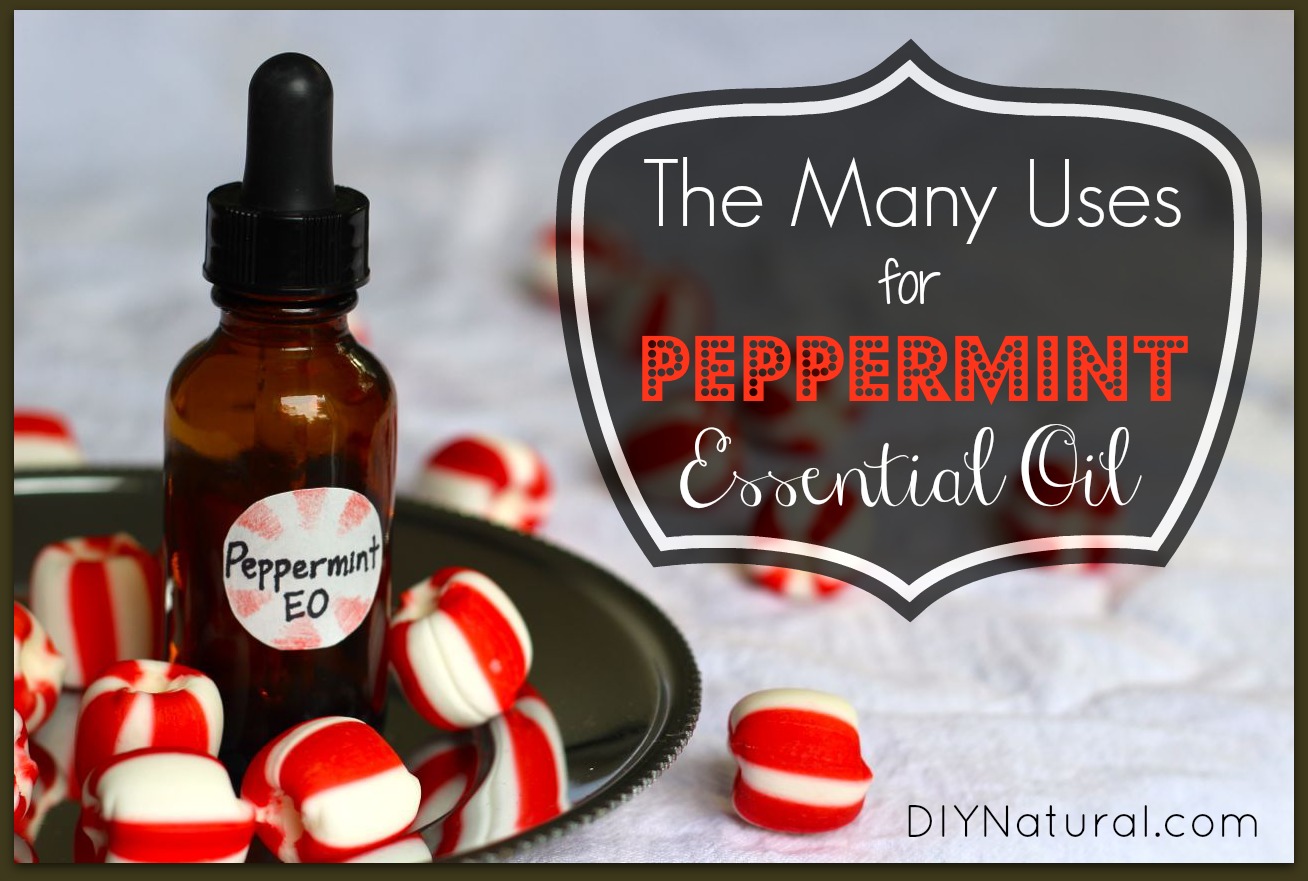

Besides adding flavor to foods and drinks, it may help manage digestive problems, nausea, headaches, and other health issues. Peppermint (Mentha x piperita) is a perennial flowering. Peppermint is an aromatic plant, a cross between water mint and spearmint. 8 After two weeks, 76 percent of patients receiving enteric-coated peppermint reported a reduction in the severity of pain, compared with only 19 percent of control patients. Peppermint oil is well tolerated at the commonly recommended dosage, but it may cause significant adverse effects at higher dosages. 7 The pediatric study (in children eight to 17 years of age) found a significant reduction in pain but no significant change in other symptoms these findings are particularly important given the lack of effective treatment options for children with IBS. In the adult trial, 79 percent of treated patients experienced a reduction in the severity of abdominal pain, compared with 43 percent of control patients 83 percent had less abdominal distension, compared with 29 percent of control patients 83 percent had reduced stool frequency, compared with 32 percent of control patients and 79 percent experienced less f latulence, compared with 22 percent of control patients ( P <.05). Since the meta-analysis was performed, two additional trials-one in adults (n = 110) 7 and one in a pediatric population (n = 42) 8-have shown a modest but statistically significant benefit. Menthol, which is extracted from peppermint, is a common ingredient in over-the-counter topical products used for respiratory congestion, headache, and muscle pain. Extracts of peppermint are widely used as flavoring (rather than for their medicinal properties) in many products, including toothpastes, mouthwashes, and over-the-counter gastrointestinal (GI) products. Peppermint oil, which is extracted from the stem, leaves, and flowers of the plant, has become popular as a treatment for a variety of conditions, including irritable bowel syndrome (IBS), headache, and non-ulcer dyspepsia ( Table 1).

The medicinal use of peppermint and other mint plants probably dates back to the herbal pharmacopoeia of ancient Greece, where peppermint leaf traditionally was used internally as a digestive aid and for management of gallbladder disease it also was used in inhaled form for upper respiratory symptoms and cough. Your peppermint cutting should begin to grow its root system after nearly two weeks.Peppermint (Mentha x piperita) is a perennial flowering member of the mint family, which grows widely in Europe and North America. Riley North, who awakens from a coma after her husband and daughter are killed, sets out to transform herself from citizen to urban guerilla. Plan to change the water every other day and keep it in a bright area. Then, from the lower half, pick off all the peppermint leaves and place your cutting into a glass of water. To do this, start by cutting off a piece of stem that is 4 to 6 inches long. Though it can be done in a few ways, using stem cuttings is the most popular, explained Gardener's Path. Instead of using seeds or pre-grown peppermint, some gardeners prefer propagating the plant. In a little over a week, you will start to notice the peppermint's green heads sprouting up. While waiting for sprouts, keep the soil moist and warm if possible. They will produce the best results if they are only partially covered by soil. According to The Spruce, gardeners can easily plant the seeds by pressing them into some prepared soil improved with compost and already moistened.

People can choose to grow peppermint from seeds, or they can buy a young plant from their local nursery.


 0 kommentar(er)
0 kommentar(er)
